Leica is enhancing the SL-System with a range of new Summicron-SL lenses. The first lens of this series is the APO-Summicron-SL 75 f/2 ASPH. In this interview, five members of the Leica team involved in the development of these lenses explain how it was all made possible: Product Manager Steffen Skopp, Optical Designer Dietmar Stuible, Heiko Schnaubelt from Electronics Development, Systems Engineer Torsten Grabau from Construction, and Industrial Engineer Simon Jennemann.

The idea behind the new Summicron-SL lenses is the combination of very high optical performance with compact dimensions. What are the concrete advantages of this for photographers?
Skopp: With the Summicron-SL lenses, we are giving photographers a range of first-class lenses with exceptional performance. Their performance profiles are convincing in every respect. The engineers have delivered unbelievable results, and have, without a doubt, achieved new levels of excellence, not only in terms of optical performance. The weight, balance, and handling are ideally harmonized, and the haptic sensation and finish are in the absolute high-end category in all respects. On top of this, we have their amazingly compact size and an extremely fast and precise autofocus that lends the lenses lightness, discretion, and such impressive precision.
The APO-Summicron-SL 75 f/2 ASPH. is the first lens of this series. Why did you choose this focal length in particular?
Skopp: This focal length has a long tradition at Leica. The perspective for portraits – that’s what the choice of this focal length is all about – is significantly different from that delivered by a 50 mm or 90 mm lens. You have to try out a 75 mm lens for yourself to understand what this means in practice.
When did the development process begin?
Stuible: We began working on the Summicron-SL lenses quite some time ago, as a development in parallel to the SL-Camera. It was clear from the start that we would need an entirely new holistic approach to enable us to realize such high-resolution lenses with state-of-the-art autofocus. This simply couldn’t be done with existing technologies.
We set up an interdisciplinary team that united expertise from the fields of optical engineering, mechanical engineering, electronics, and production, and were given the freedom to break new ground with innovations in all these disciplines. The outcome of this was an entirely new optical and mechanical construction concept, a cutting-edge AF system with Dual Syncro DriveTM and, not least of all, a state-of-the-art, smart assembly line.
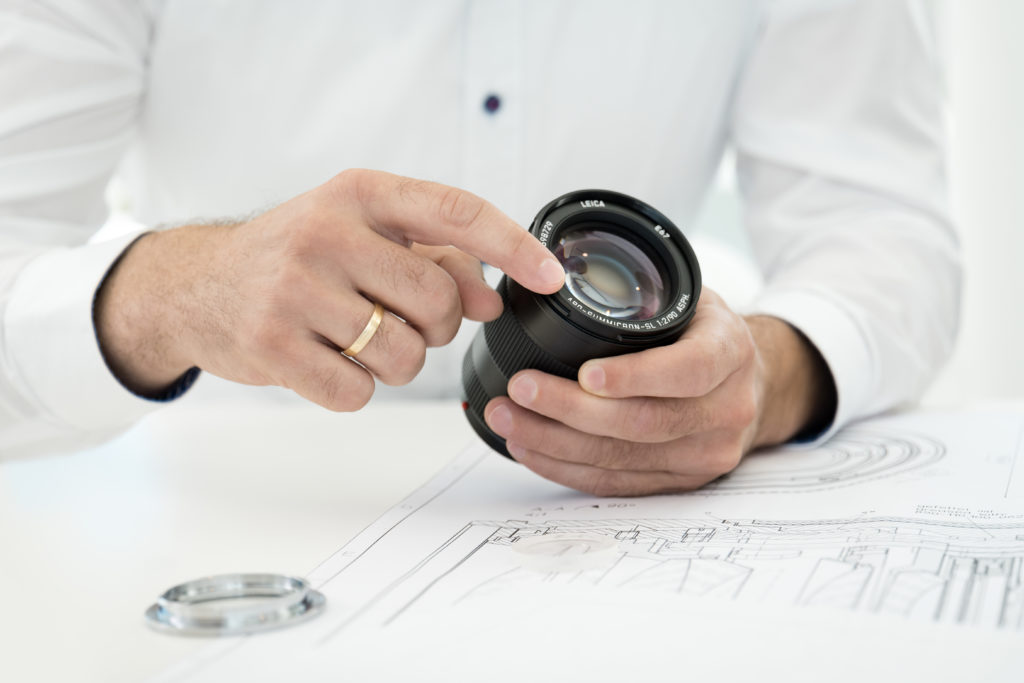
So what are the concrete innovations in this new lens type?
Grabau: The key technologie is the Dual Syncro DriveTM, which enables what we describe as double focusing in our in-house terminology. Here, two separate lens elements, each weighing only 10 grams, are moved for setting the focusing distance. We developed an independent focusing unit for each of the two lenses. Because these lenses are so light, we were able to utilize an extremely precise and fast drive system based on stepping motors with which we can not only shift the lenses to each focusing position with extreme precision, but can also travel through the entire focusing range in a fraction of a second.
Schnaubelt: Our task in Electronics Development was to ensure that the movement of the two independent focusing units in relation to each other would be perfectly synchronized, despite the high speed. Because, the camera takes pictures to analyze image contrast while simultaneously giving the lens instructions on whether to carry on focusing or whether maximum sharpness has already been achieved. At the same time, the photographer may not experience a perceptible delay.
The key to the solution of this problem is a complex control loop. This guarantees not only synchronicity and speed, but also ensures the smooth movement of the focusing elements with a minimum of vibration. In turn, this also enables us to reduce noise emission levels to a minimum.
What is new about the optical design?
Stuible: In many lenses, focusing is by means of a conventional focusing mechanism that moves the entire optical system, or by means of simple internal focusing, in which only one lens group is moved.
In contrast, the low weight of the focusing unit in the case of double internal focusing enables not only fast autofocusing, but additionally delivers very good optical performance in the close focusing range.
In this, we have an ideal solution that fulfills all our demands, but differs significantly from all previously known concepts. Lens elements and their refractive indices had to be arranged in new configurations, new glass types had to be used and the optical system had to include asphericals to create enough room for the two focusing lenses and maintain high optical performance from infinity to the closest focusing distance.
The 75 mm and the recently announced Summicron-SL 90 are both APO lenses. Just how complex is the overall optical design?
Stuible: Leica has always stood for unrivaled imaging performance, and now, with the Summicron-SL, we have once again set entirely new standards in the field of optical design. The dynamic range and detail resolution in images captured with this lens are extremely high.
The APO-Summicron-SL 75 f/2 ASPH. has a total of eleven elements, one of which is an aspherical. In addition to this, all elements in the optical system are made from high-quality special glasses. The aspherical corrects monochromatic aberrations and the special glass types take care of chromatic aberrations. As a result of this, even highlights remain completely free of color fringing. This then means that the lens earns the quality seal ‘APO’, which is a Leica quality indicator.
I would like to emphasize that the lenses are especially convincing in their performance at close focusing distances. The combination of high detail resolution and a maximum reproduction ratio of 1:5 delivers truly impressive pictures. Photographers can rely on this exceptional imaging performance at all apertures and distance settings.
Jennemann: The performance of the optical design and mechanical construction is one side of the coin. The other is the precision in manufacturing and production that ultimately delivers the desired quality of the lens.
In the lens grinding process, deviations from the specified surface geometry must be within tolerances measured in wavelengths of light – in other words, significantly less than a micrometer. The permitted tolerances for the centering of the lenses are also measured in micrometers. For a clearer comparison: the thickness of a human hair is approximately 70 micrometers. The guide rails upon which the focusing units slide must also be precisely aligned to the optical axis.
What influences does the Dual Sycro DriveTM have on the mechanical realization and serial production of the lenses?
Grabau: A Summicron-SL demands the ultimate from manufacturing processes. The main element, the body in which the motors and guide rails are mounted, is an extremely complex construction. In addition to this, we have the enormous levels of precision required, the quality of the components, and, of course, as the lenses must be both robust and light, the choice of the materials we use. For instance, the mounting components for the two focusing elements are manufactured from a lightweight magnesium alloy that enables us to fabricate components with extremely thin walls that simultaneously offer extremely high rigidity. We always make use of the best materials available to us to ensure everyday usability and endurance that express and fulfill Leica’s promise of quality made in Germany.
Jennemann: One of the greatest challenges is the ability to maintain consistency during serial production. For this purpose, we have integrated a completely new assembly line at the Leica factory in Wetzlar that unites the latest precision adjustment technologies, software-supported process control, and the long-established, traditional methods of lens manufacturing. For example, we mark many components with 2-dimensional barcodes that tell us not only which components have been installed in which lens, but also provide us with data for numerous measurements and checks. These data are then utilized for monitoring and assuring the quality of the manufacturing process.
The newly developed devices for measuring and adjustments allow us align much more delicate components than ever before with even greater precision – for example, we can perfectly align two lenses in relation to each other in free space. This means that we are now in a position to manufacture lenses that were previously considered impossible to build.
Manual processes remain an essential part of our manufacturing procedures: in construction, assembly, and in quality assurance. Workplaces are precisely configured to meet the needs of the members of the assembly team and the respective phases of the assembly process. Optimum lighting, lean procedures, and partially automated parts provisioning all play a role in ensuring optimum efficiency.
The performance data of the APO-Summicron-SL 75 f/2 are certainly very impressive, but didn’t your customers expect a faster lens?
Skopp: An important, but until now missing, component of the SL-System is a range of compact high-performance lenses. Fast lenses like a Summilux, for example, would have to be considerably larger and heavier.
On the other hand, the look of the new Summicron-SL lenses simply can’t be compared with anything anyone has ever seen before. It’s hard to describe in words, you have to see with your own eyes.
Stuible: The depth of focus is actually significantly shallower than you would expect from the f-number of the lens. Generally, you would expect two lenses of the same focal length to have an identical depth of focus at the same aperture setting. In the case of the Summicron-SL lenses, the resolution of details in the sharply focused plane is extremely high and the difference between sharp and unsharp areas of an image is perceived much more strongly than usual. Sharply focused objects stand out more prominently, the overall impression is more three-dimensional, and the impression of depth is enhanced – just as if the lens were faster. This, in turn, opens up new opportunities for composition and creative expression.
What are the key characteristics of the design of the announced Summicron-SL lenses?
Skopp: The design concept is consistent for all lenses, despite their different focal lengths. No matter which of the lenses the photographer uses, the handling remains identical. The balance is the same, the focusing ring is in the familiar location, the filter thread has the same diameter, and the optical performance is also consistent. This is an important aspect we learned from the lenses we make for cinematography, the Summilux-C and Summicron-C lines. In terms of performance, our orientation reflects the qualities of the Leica S lenses.
Grabau: All the lenses of the series are very compact and light. At the same time, we paid particular attention to robustness and long service life. As is already familiar from the SL-System, seals around the front lens, in the focusing ring and on the bayonet mount ensure that moisture and dust cannot get inside the lenses. In practice, properties such as these are at least as important as outstanding imaging performance.
Would you say that the APO-Summicron-SL 75 f/2 ASPH. sets new standards?
Skopp: Yes. We have managed to push the limits of the technically possible just a little bit further. The innovations we require for this are becoming noticeably more complex and more difficult, and what our team has delivered in the fulfillment of our objectives is a truly formidable achievement. The 75 mm rings in a whole new era, and we look forward to seeing what skilled and talented users will create with it. Our ultimate goal is the creation of perfect tools for photographers, and if this requires to push the limits, that is what we do.
To know more about the Leica SL-System , please visit the official website.

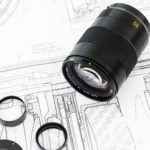

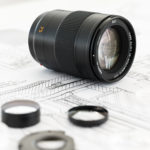


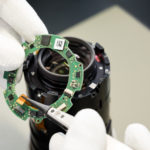
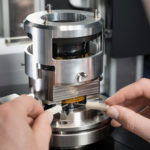

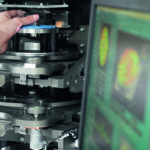
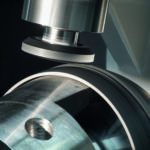


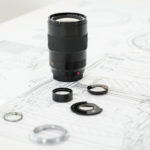

Comments (3)